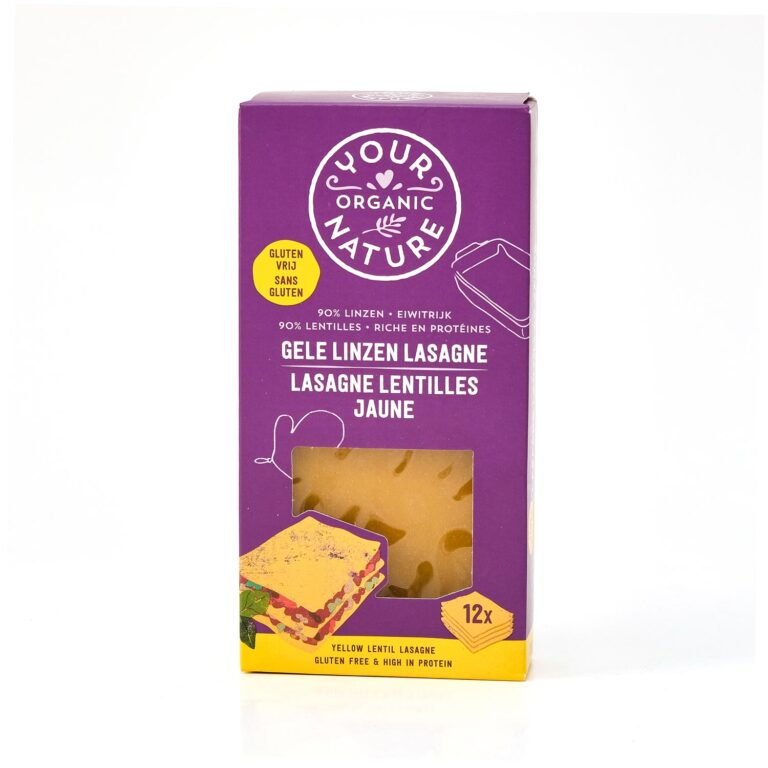The quality of the ingredients is reliably organic, because organic is good for the animals and for the nature around us. That’s why the company prefers to source their raw materials locally and, where possible, to use packaging that has as minimal impact on the environment as possible (such as biodegradable film and labels).
The company aims to take care of the planet together with the consumers. Their logo symbolises “caring for the planet together” and the connection between the earth and people. It also emphasizes their recycling philosophy. Values are used to continually assess the vision and to monitor whether their working practices are in line with the vision. The aim is to act in accordance with set values. The ambition is to be a role model in the world of organic food and to show leadership through the choices made. The vision is to take responsibility for a healthy and sustainable food chain that offers transparency and a connection with the origin of food.





Reviews
There are no reviews yet.